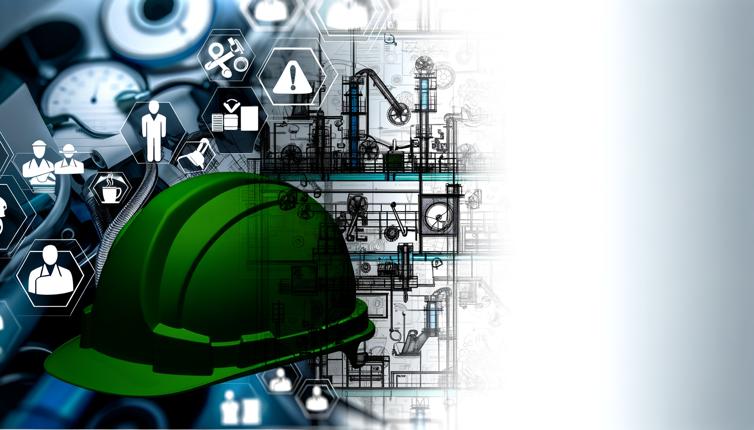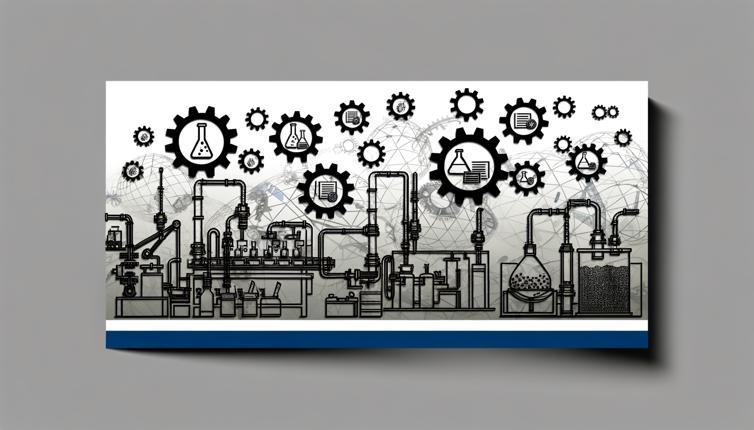Identify Potential Hazards
The first step in choosing the right safety protocols for industrial facilities is to identify potential hazards. This involves conducting a thorough hazard assessment of the facility and its processes. Look for any potential sources of danger, such as machinery, chemicals, electrical systems, and confined spaces.,Once the potential hazards have been identified, prioritize them based on their severity and likelihood of occurrence. This will help you determine which safety protocols are most important and should be implemented first.
Consult Industry Standards and Regulations
It is crucial to consult industry standards and regulations when selecting safety protocols for industrial facilities. These standards and regulations provide valuable guidelines and requirements that help ensure the safety and well-being of workers.,Familiarize yourself with the relevant standards and regulations specific to your industry. This will help you understand the minimum safety requirements that need to be met. Additionally, consider any local, state, or national regulations that may apply to your facility.
Involve Employees and Safety Experts
When choosing safety protocols, it is important to involve employees and safety experts in the decision-making process. Employees who work on the front lines often have valuable insights into the potential hazards and risks associated with their specific tasks.,Safety experts, such as industrial hygienists and occupational health professionals, can provide expert advice and recommendations based on their knowledge and experience. Their input can help ensure that the selected safety protocols are effective and practical for implementation.
Consider the Nature of the Work
The nature of the work being performed in the industrial facility should also be considered when selecting safety protocols. Different types of work may require different safety measures.,For example, work that involves handling hazardous chemicals may require specific protocols for proper storage, handling, and disposal. On the other hand, work that involves heavy machinery may require protocols for equipment maintenance, lockout/tagout procedures, and personal protective equipment (PPE).
Regular Review and Update
Safety protocols should not be set in stone. It is important to regularly review and update them to ensure their effectiveness and relevance.,Schedule periodic reviews of the safety protocols and make necessary adjustments based on changes in the facility, processes, regulations, or industry best practices. Additionally, encourage employees to provide feedback and suggestions for improvement.,Remember, safety is an ongoing process, and it requires continuous effort and commitment to maintain a safe working environment.
Conclusion
Choosing the right safety protocols for industrial facilities is crucial for ensuring the safety and well-being of workers. By identifying potential hazards, consulting industry standards and regulations, involving employees and safety experts, considering the nature of the work, and regularly reviewing and updating the protocols, industrial facilities can create a safe working environment and prevent accidents and injuries.








